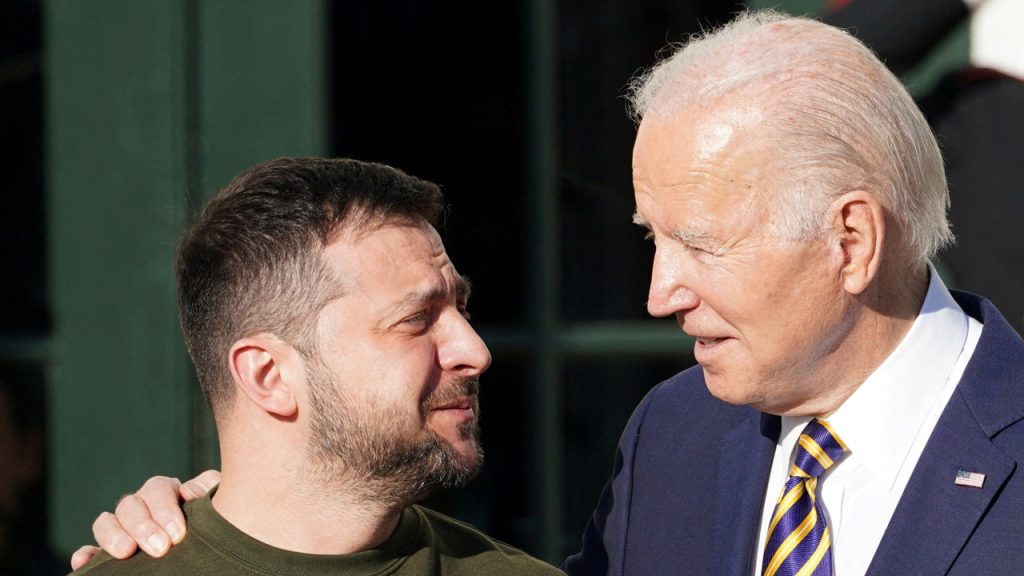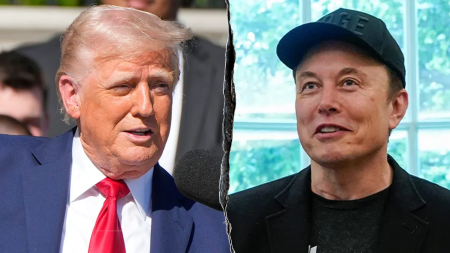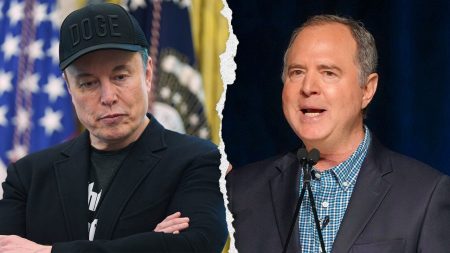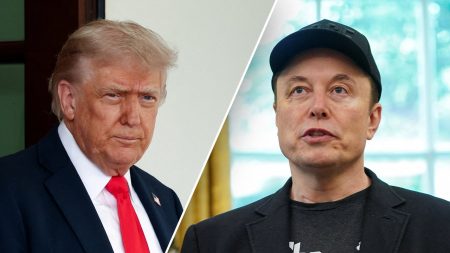The Biden administration’s announcement of a $500 million military aid package for Ukraine underscores the ongoing commitment of the United States to bolstering Kyiv’s defense capabilities against Russia’s aggression. This latest tranche of assistance, arriving just weeks before the incoming Trump administration takes office, highlights the complex political landscape surrounding US support for Ukraine. Secretary of State Antony Blinken emphasized the urgency of the aid, stating that it provides “urgently needed weapons and equipment” to help Ukraine repel ongoing Russian attacks. The package includes a variety of crucial military hardware, including drones for surveillance and targeting, High Mobility Artillery Rocket Systems (HIMARS) with accompanying ammunition for long-range strikes, armored vehicles to enhance ground maneuverability, and protective equipment against nuclear, chemical, and radiological threats. This infusion of military aid follows an even larger package announced earlier in the week, totaling $988 million, demonstrating a sustained effort to reinforce Ukraine’s defenses.
The timing of this aid package is particularly significant given the impending presidential transition. President-elect Trump’s past statements and policy positions on Ukraine have raised concerns about the future trajectory of US support. During his campaign, Trump expressed skepticism about the extent of US involvement in the conflict and suggested he could swiftly negotiate an end to the war. Vice President-elect JD Vance has also voiced controversial opinions, proposing that Ukraine cede territory to Russia as a path to peace, a suggestion vehemently rejected by Ukrainian President Volodymyr Zelenskyy. These contrasting perspectives create uncertainty about the incoming administration’s approach to the conflict and whether the current level of US aid will be maintained.
President Zelenskyy has expressed anxieties regarding potential shifts in US policy. He fears that a decrease in financial and military support from the United States could weaken Ukraine’s resolve and embolden Russia, potentially leading to a loss of unity within the country. He recognizes the crucial role US aid has played in sustaining Ukraine’s defense effort, and any disruption in this support could have severe consequences for the country’s ability to resist Russian aggression. The 1,000-day mark of the war, a grim milestone, underscores the protracted nature of the conflict and the continued need for international assistance.
The recent meeting between President-elect Trump and President Zelenskyy in Paris adds another layer of complexity to the situation. While the details of their discussion remain undisclosed, it is likely that the ongoing conflict and the future of US support were key topics of conversation. This meeting could be pivotal in shaping the incoming administration’s approach to Ukraine. Zelenskyy likely sought to convey the urgency of the situation and the importance of continued US support, while Trump likely reiterated his intention to find a swift resolution to the conflict. The outcome of this meeting could significantly influence the future course of the war and the relationship between the United States and Ukraine.
The Biden administration’s decision to provide this substantial aid package before leaving office can be interpreted as a strategic move to bolster Ukraine’s position and potentially influence the incoming administration’s policy. By providing this tangible support, the outgoing administration aims to solidify the US commitment to Ukraine and make it more politically challenging for the new administration to abruptly reverse course. This aid package serves as a clear message of support to Ukraine and a signal to Russia that the US remains committed to assisting Ukraine’s defense.
Ultimately, the future of US aid to Ukraine remains uncertain. While the Biden administration’s recent actions demonstrate continued support, the incoming Trump administration’s stance on the conflict is yet to be fully defined. The contrasting perspectives within the new administration, coupled with President-elect Trump’s stated desire for a quick resolution, create a complex and unpredictable scenario. The coming months will be crucial in determining the trajectory of US policy towards Ukraine and the impact this will have on the ongoing conflict. The discussions between President-elect Trump and President Zelenskyy, as well as the internal deliberations within the incoming administration, will play a significant role in shaping the future of US involvement in the war and the prospects for peace in Ukraine.










